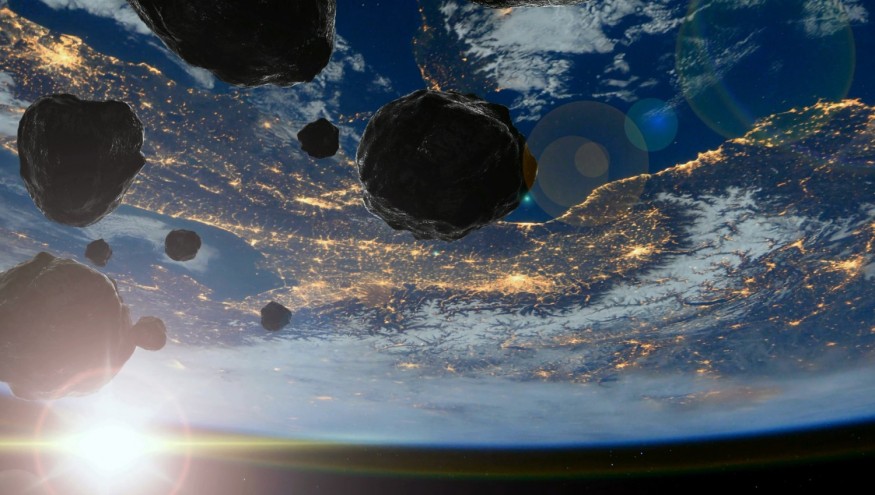
Geologists were able to uncover what could be the earliest evidence for a meteorite impact: small melted rock fragments that may have hit the earth around 3.48 billion years ago.
Rock Fragments From 3.48 Billion Years Ago
As per Live Science, these fragments, which are called spherules, could have formed as the meteor slammed right into the surface and sprayed the melted rock to the atmosphere. The melted rock then cooled down and solidified into beads that are the size of pinheads. They then remained buried for eons.
Though the discovery has not yet been peer-reviewed, the researchers presented it during the 54th Lunar and Planetary Science Conference held in Texas last week. The researchers concluded that theses spherules are the earliest evidence of a probable meteorite impact in earth's geologic record.
New Scientist reports that the spherules were drilled up from the Desert Formation of the Pilbara Craton in Western Australia. The Dessert Formation is a group of sedimentary and volcanic rocks.
Earliest Evidence of a Meteorite Impact
Prior to this discovery, the oldest known evidence for meteorite impacts were spherules that are 3.47 and 3.45 billion years old. The 3.47-billion-year-old ones were also found in Pilbara Craton while the 3.45-billion-year-old rocks were spotted in Kaapvaal Craton.
According to Chris Yakymchuk, a geologist from the University of Waterloo who did not participate in the study, the recent research records slightly older spherules that are around 10 million years older compared to the previously documented older ones. Yakymchuk notes that the results are quite robust. However, accessing the full dataset is important in order to confirm its significance.
The researchers found the spherules in sedimentary rock cores in 2019. They dated the findings with isotopes, which Yakymchuk notes to be a reliable and robust dating method. They were able to get a good idea of the rock's age based on the zircon mineral's isotope dating.
The scientists concluded that the spherules had extraterrestrial origins because of their composition of chemicals. They found higher levels of platinum-group elements, such as iridium, in terrestrial rocks. They also detected nickel-chromium spinel minerals and osmium isotopes within the range that is usual for the majority of meteorites.
The researchers also noted that the spherules had the hallmark teardrop and dumbbell figures of contained bubbles and impact spherules. These usually form when melted rock splashes harden after a meteor crash.
As per IFL Science, the researchers are conducting further work on the sample rocks to know more about this prehistoric event and what it reveals about earth's planetary history.
RELATED ARTICLE : New Minerals Found in the 16.5-Ton Meteorite That Hit Earth in 2020 Shows How Unique It Is From the Planet's Composition
Check out more news and information on Geology in Science Times.
© 2026 ScienceTimes.com All rights reserved. Do not reproduce without permission. The window to the world of Science Times.










